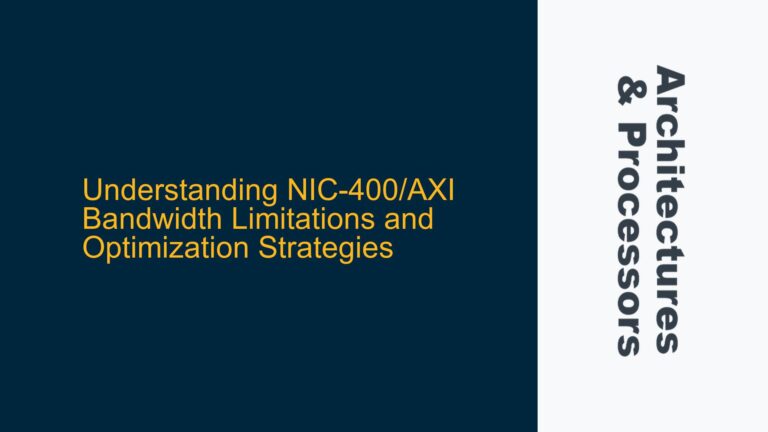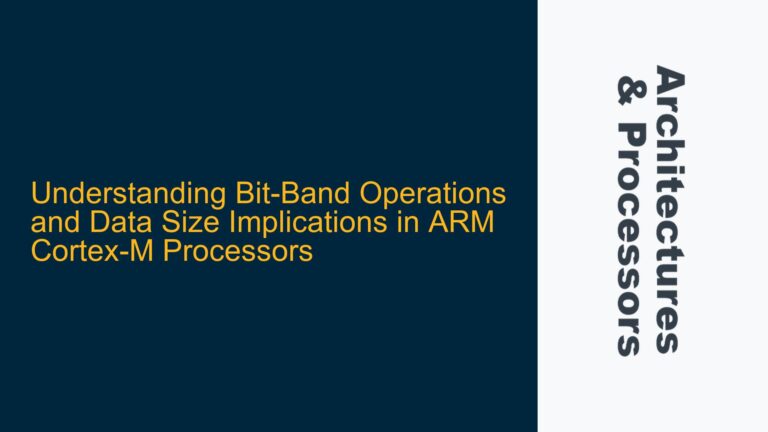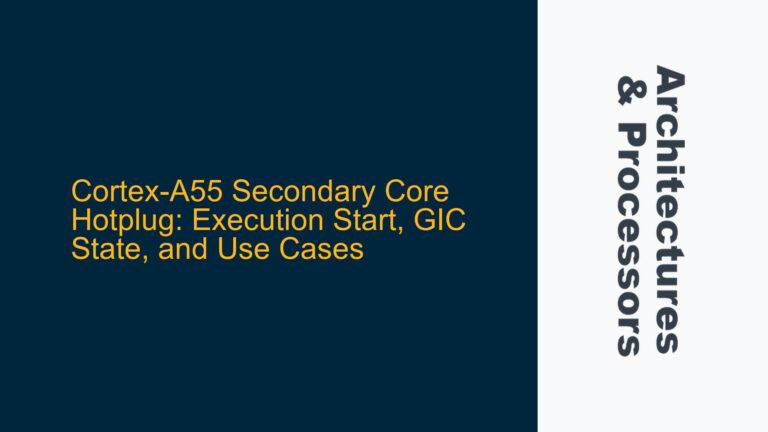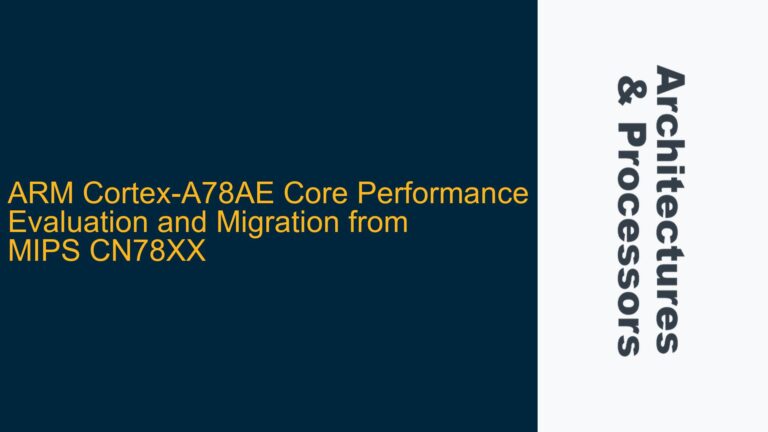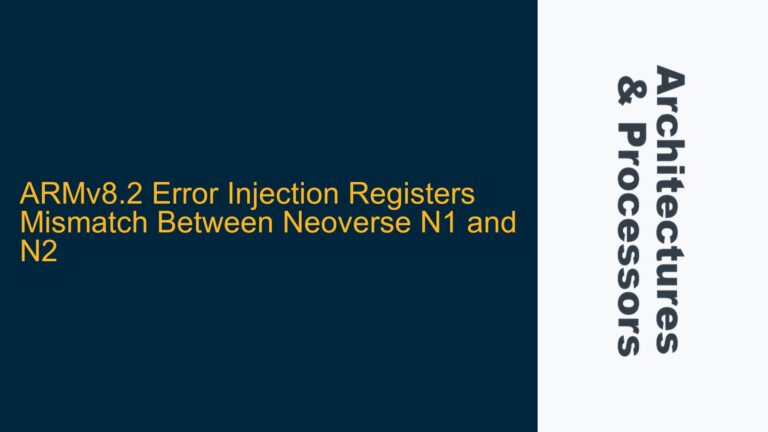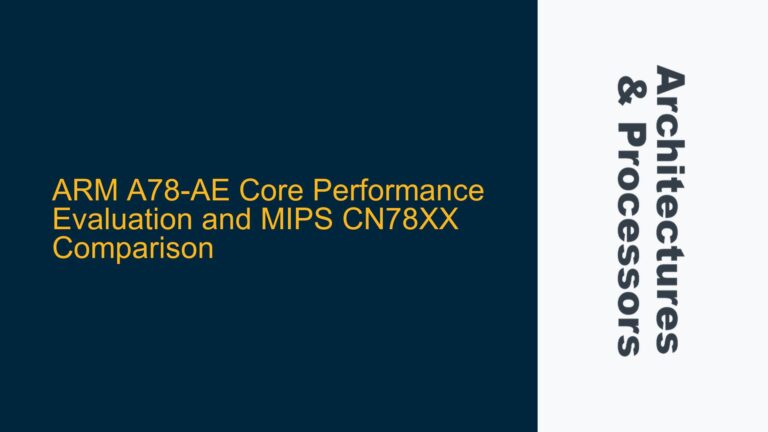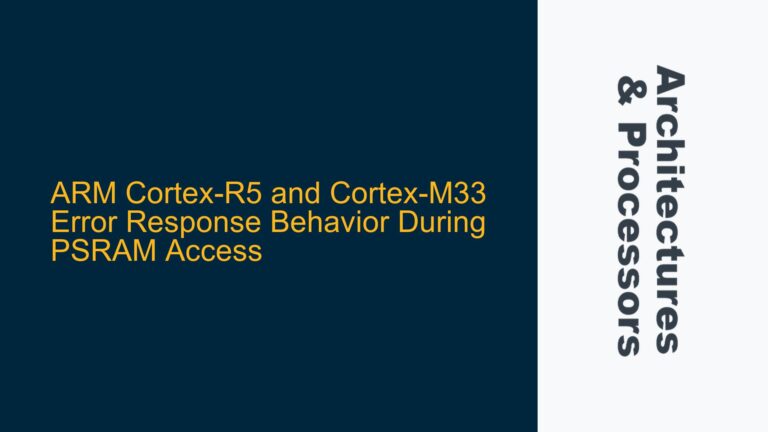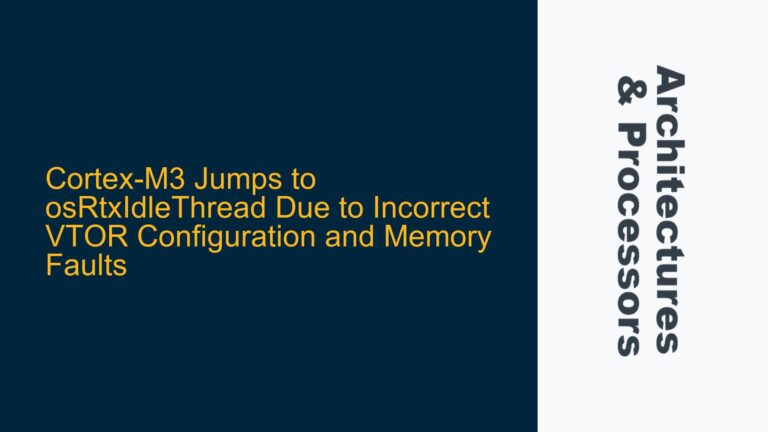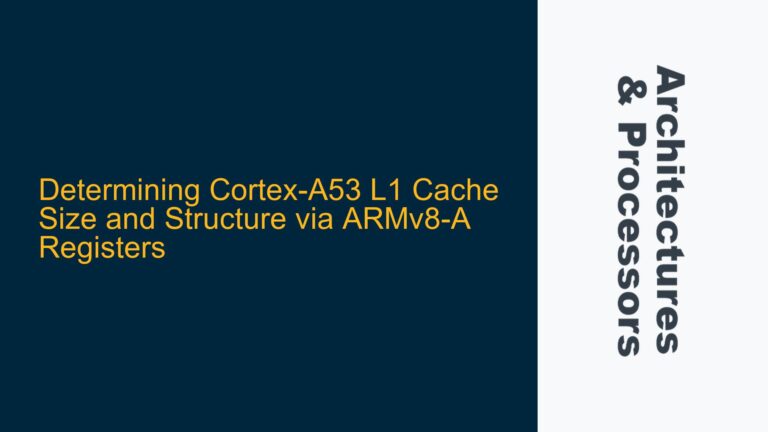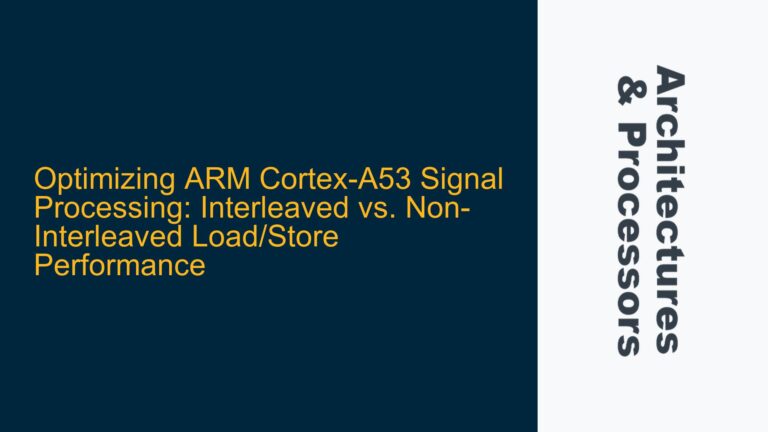NIC-400/AXI Bandwidth Limitations and Optimization Strategies
NIC-400/AXI Bandwidth Utilization Challenges The NIC-400 interconnect and AXI (Advanced eXtensible Interface) protocol are widely used in ARM-based systems to facilitate high-performance communication between components such as processors, memory controllers, and peripherals. While the theoretical bandwidth of these interfaces is often advertised based on clock speed and data width, achieving this maximum bandwidth in practice…
